Saturday, December 21, 2019
New Network marketing business: Markethive Profile Page - The Multi-Dimensional C...
New Network marketing business: Markethive Profile Page - The Multi-Dimensional C...: Markethive Profile Page - The Multi-Dimensional Communication Hub Personal Branding For You and Your Business Profile Page - H...
Wednesday, December 18, 2019
New Network marketing business: MARKETHIVE TUTORIALS - This Is Where It All Starts...
New Network marketing business: MARKETHIVE TUTORIALS - This Is Where It All Starts...: MARKETHIVE TUTORIALS - This Is Where It All Starts For all who have just joined Markethive and are wondering where to start, you’r...
Friday, December 13, 2019
Tuesday, December 3, 2019
New Network marketing business: Markethive ILP Explained | Markethive Incentivized...
New Network marketing business: Markethive ILP Explained | Markethive Incentivized...: The Evolution Of The Markethive ILP What is an Incentivized Loan Program™(ILP™)? An Incentivized Loan Program ™ works similarly t...
Saturday, November 9, 2019
New Network marketing business: Markethive | State of the Art Market Network
New Network marketing business: Markethive | State of the Art Market Network: What Is A Market Network? Back in 2015, it was exhibited that the next 10 years would be all about Market Networks whereas the last...
Tuesday, October 22, 2019
New Network marketing business: Markethive Blockchain based Market network
New Network marketing business: Markethive Blockchain based Market network: Join free. Stay Free Markethive is the first Market Network on blockchain. You also get paid to engage, plus 500 MHV coins free jus...
Sunday, October 13, 2019
Cardano Solving blockchain Problems
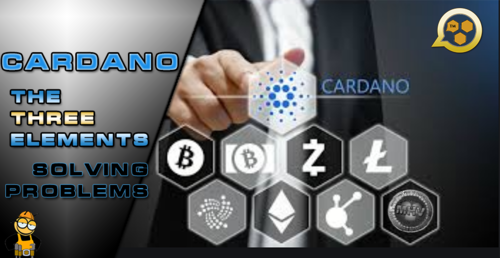
CARDANO SOLVING PROBLEMS
The Three Elements
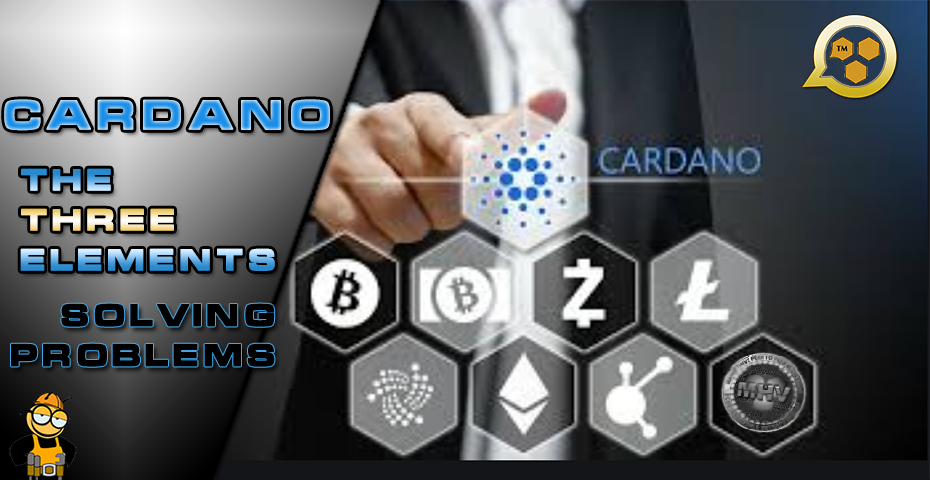
Cardano is believed to be one of the most technically sound blockchain platforms in existence as it has evolved out of 'scientific philosophy'. What makes it stand out is the multi-layer protocol. Cardano aims to solve the ever prevalent issue with cryptocurrencies. Scalability, Interoperability, and Sustainability. Below we go into more detail with these three elements.
Element #1: Scalability
When people say “scalability” they invariably think of transactions processed per second or throughput. However, according to Charles Hoskinson, that’s just one part of the problem. Total scalability is a three-headed hydra so to speak. One needs to take care of three separate elements:- Transactions per second/Throughput
- Network.
- Data Scaling.
#1 Throughput
It is well known that Bitcoin and Ethereum’s lack of throughput Is just not acceptable for a growing financial system. Bitcoin manages 7 transactions per second and Ethereum not much more at 15-20 transactions per second. Cardano’s throughput is currently 250 transactions per second and, can be scaled as more people come on the platform. Cardano has more network bandwidth and storage compared with other similar competing blockchains.Cardano is solving this problem with their consensus mechanism, Ouroboros. It is a provably secure proof-of-stake algorithm. Ouroboros was actually peer-reviewed and approved during Crypto 2017.
Ouroboros, as stated earlier is a proof-of-stake algorithm. Before we get deeper into the mechanism, we must know what proof of stake is.
Bitcoin and Ethereum follow the proof-of-work protocol.
Proof-of-work as a process has the following steps to it:
- The miners solve cryptographic puzzles to “mine” a block in order to add to the blockchain.
- This process requires an immense amount of energy and computational usage. The puzzles have been designed in a way that makes it hard and taxing on the system.
- When a miner solves the puzzle, they present their block to the network for verification.
- Verifying whether the block belongs to the chain or not is an extremely simple process.
That, in essence, is what the proof-of-work system is. Solving the puzzle is difficult but checking whether the solution is actually correct or not is easy. This is the system that Bitcoin and Ethereum have been using. However, there are some fundamental flaws in the system.
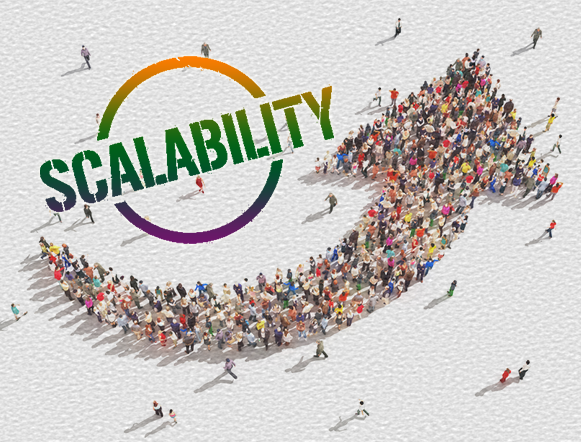
The problem with proof of work.
As it turns out, there are quite a few problems with proof-of-work.- First and foremost, proof of work is an extremely inefficient process because of the sheer amount of power and energy that it eats up.
- People and organizations that can afford faster and more powerful ASICs usually have a better chance of mining than the others.
- As a result of this, bitcoin isn’t as decentralized as it wants to be.
What is proof of stake?
Proof of stake will make the entire mining process virtual and replace miners with validators.This is how the process will work:
- The validators will have to lock up some of their coins as stake.
- After that, they will start validating the blocks. Meaning, when they discover a block that they think can be added to the chain, they will validate it by placing a bet on it.
- If the block gets appended, then the validators will get a reward proportionate to their bets.

Cardano Goes With Proof of Stake From The Outset
Proof Of Stake Mining
Cardano uses a new proof of stake algorithm called Ouroboros, which determines how individual nodes reach consensus about the network. The algorithm is a crucial part of the infrastructure that supports the Ada cryptocurrency and is a major innovation in blockchain technology. Ouroboros eliminates the need for an energy-hungry proof of work protocol, which stands as a barrier to blockchain scaling up for much wider use. Ouroboros is the first proof of stake protocol that has mathematically been shown to be provably secure, and the first to have gone through peer review through its acceptance to Crypto 2017, the leading cryptography conference. The level of security demonstrated by Ouroboros compares to that of Bitcoin’s blockchain, which has never been compromised.
Charles Hoskinson explains in this overview of how it all works
#2 Network
So how does Network factor into scalability? Simple… bandwidth.The transactions carry data. So as the number of transactions increases so does the requirement for network resources. The notion is pretty straightforward - If a system is to scale up to millions of users, the network will need 100s of terabytes or exabytes of resources to sustain itself.
To solve this issue, Cardano is integrating a type of technology called RINA, Recursive Inter-Network Architecture created by John Day. It is a new type of structuring networks using policies and ingenious engineering principles.
RINA’s goal is to create a heterogeneous network which promises to give:
- Privacy.
- Transparency.
- Scalability.
It does so in a way where you can guess how the network is going to organize in a formal capacity. Cardano hopes to implement this completely by 2019.
#3 Data Scaling
Finally, we have data scaling. Blockchains store things for eternity. Every little piece of data, relevant or not gets stored in the blockchain for eternity. As, the system scales up and more and more people come in, with the sheer influx of data the blockchain gets more and bulkier.Now, remember that a blockchain runs because it comprises of Nodes. Each node is a user who stores a copy of the blockchain in their system.
As the blockchain gets bulkier, it will demand more space, and that is unreasonable for a normal user with a normal computer. The way Cardano wants to solve this problem is by implementing a simple philosophy, “Not everyone needs all the data.”
E.g. if Tom and Jerry engage in a transaction, it may not be relevant to anyone else in the network. The only thing they need to know is that the transaction happened and that it was legitimate.
The techniques that Cardano is looking into are:
- Pruning.
- Subscriptions
- Compression.
Cardano’s aim here is to use all this information to compress the data that the users need to consume without compromising on security or the assurances that their transactions have gone through properly.
Element #2: Interoperability
Now we have seen how the Scalability side of Cardano works, we now come to the second pillar: Interoperability. The long and short of interoperability is, as Charles Hoskinson puts it, there won’t be one token to rule them all.Looking at the current ecosystem in the crypto space, we have different crypto coins such as Bitcoin, Ethereum, Litecoin, etc. Similarly, in the legacy financial world, we have systems like the traditional Banks which use SWIFT, ACH, etc.
The problem lies in the fact that it is extremely difficult for these individual entities to communicate with one another. It is tough for bitcoin to know what is going on in Ethereum and vice-versa. This becomes doubly difficult when banks try to communicate with the cryptos.
This is why, the crypto exchanges, which provide a portal between cryptos and banks become so powerful and important. However, therein itself lies a problem. Exchanges are not a decentralized entity and are extremely vulnerable.
- They can get hacked.
- They can blackout for long periods when the system upgrades.
In ICOs, an entity gets millions of dollars in exchange for their tokens, however, saving that money in their bank accounts can become difficult. The banks would obviously want to know where all that money came from and who were the ones who provided that money which is something that is near impossible to provide.
A more elegant and risk-free solution to interoperability was needed.
A third-generation crypto coin must provide an ecosystem where each individual blockchain can communicate with another blockchain and with external legacy financial systems.
So, let’s looks at how Cardano plans to do increase interoperability in both the crypto world and the legacy world.
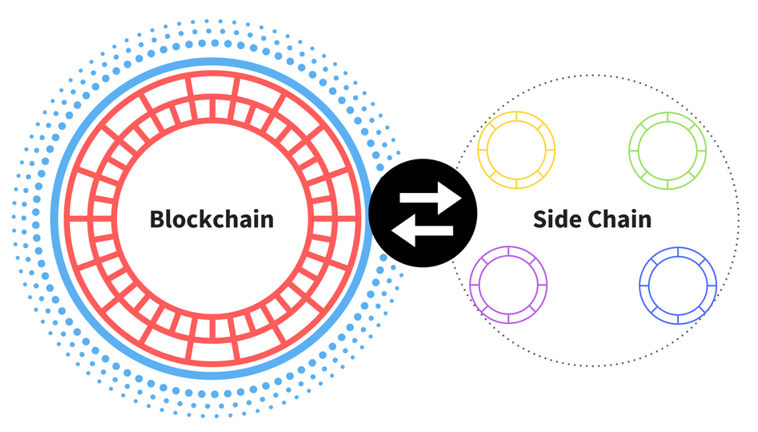
The Crypto World: Inter-Chain Communication and SideChains
Cardano’s vision is to create an “internet of blockchains”. Imagine an ecosystem where Bitcoin can flow into Ethereum and Ripple can seamlessly flow into Litecoin without the need to go through centralized exchanges. This is why cross-chain transfers are something that Cardano wants to implement without any middlemen.One way that Cardano wants to do this is by implementing sidechains. The idea is very straightforward; you have a parallel chain which runs along with the main chain. The side chain will be attached to the main chain via a two-way peg. Cardano will support sidechains based on the research by Kiayias, Miller, and Zindros (KMZ) involving “non-interactive proofs of proofs of work”.
According to Hoskinson, the idea of sidechains comes from two things:
- Getting a compressed version of a blockchain.
- Creating interoperability between chains.
The Legacy World: Bridging the Gap
When it comes to increasing the interoperability with the legacy world, Cardano wants to focus on the three obstacles that make the crypto world incompatible with the legacy world:- Metadata.
- Attribution.
- Compliance.
Obstacle #1: Metadata
Metadata means the story behind the transaction. If Jerry were to spend 50 USD, the metadata of that could be as follows:- What did Jerry spend the money on?
- Who did Jerry give that money to?
- Where did he spend the money?
In the legacy world, the metadata is extremely important. Here are the purposes that it serves:
- Resource discovery and identification.
- Effective electronic data organization.
- It tells us how data is exchanged among various systems and hence improves interoperability.
- Very useful in resource protection. It helps identify the data’s characteristics and behavior for it to be replicated if needed.
However, the problem with metadata is that it is extremely personal and since the data is stored in the blockchain on a permanent and transparent basis, we have a situation where extremely private information can be permanently affixed to the blockchain.
One of the main things that Cardano has been researching is how to selectively attach metadata to the chain.
Obstacle #2: Attribution
Similar to metadata, via attribution the names of the people involved in the transactions get known. Basically, who all are a particular transaction attributed to? If the blockchain permanently fixes attribution to itself, it will greatly compromise on the privacy of the individuals involved.Hence, Cardano plans to empower their users to hand out attribution as and when it is required.
Obstacle #3: Compliance
The third obstacle is “Compliance”. Compliance includes factors like KYC (Know Your Customer), AML (Anti Money Laundering), ATF (Anti Terrorist Financing), etc.Compliance is used to check the legitimacy of a transaction. Basically, if Jerry pays Tom $50, compliance is used to make sure that the transaction is not done for any nefarious purposes.
While the crypto world hasn’t really done much on this front, it is extremely critical in the banking world where the history and legitimacy of each transaction must be known.
What Cardano is researching is how to use Metadata and Attribution in conjunction with Compliance to help their users whenever they need to interact with the banks.
Element #3: Sustainability
Finally, we come to the third pillar, sustainability. According to Hoskinson, this is hands down the toughest one to solve. It basically means, how is Cardano planning to pay for its future development and growth?Usually, when some development needs to be done in the system and grants are required, there are a couple of things that can happen:
- Patronage.
- ICOs
With patronage, you have the problem of a possible centralization. If a big company gives a huge amount of grant to a blockchain company, it may direct the way the developments turn out in the system.
With ICOs, it’s like a sudden jolt of money without any sustainable model and it adds a complete unnecessary token to the ecosystem.
Something different and more sustainable needs to be done. In this sense, Cardano is implementing a treasury.

How will the treasury work?
Every time a block is added to the chain, a part of that block reward will be added to the treasury. So, if someone wants to develop and bring some changes to the ecosystem, they submit a ballot to the Treasury to ask for grants.The stakeholders of the Cardano ecosystem then vote and decide if the ballot should be granted or not. If they do, the ballot submitter gets the grant for development. This system has a couple of major advantages:
- The treasury keeps on filling up as more and more blocks are discovered.
- It is directly proportional to the size of the network. Bigger the network, more the resources available and the voting system also becomes more decentralized.
What Makes Cardano Different from Other Projects
One of the key differences that make Cardano unique from other market competitors is how it uses Haskell and a newly developed ‘Plutus’ language instead of more commonly used programming languages because the team believes this particular type of functional programming language produces a more secure, robust and resilient code base. While Haskell is used to code Cardano, the team went on to create Plutus - a ‘fairly Haskell-like’ language - to write interoperable smart contracts.Cardano has also created a new domain-specific language called ‘Marlowe’ which is based on algebraic Haskell principles with ‘executable small-step semantics’. This language will be used for financial institution smart contract creation and is a much more simplistic and easier transitioning language for non-programmers to use.
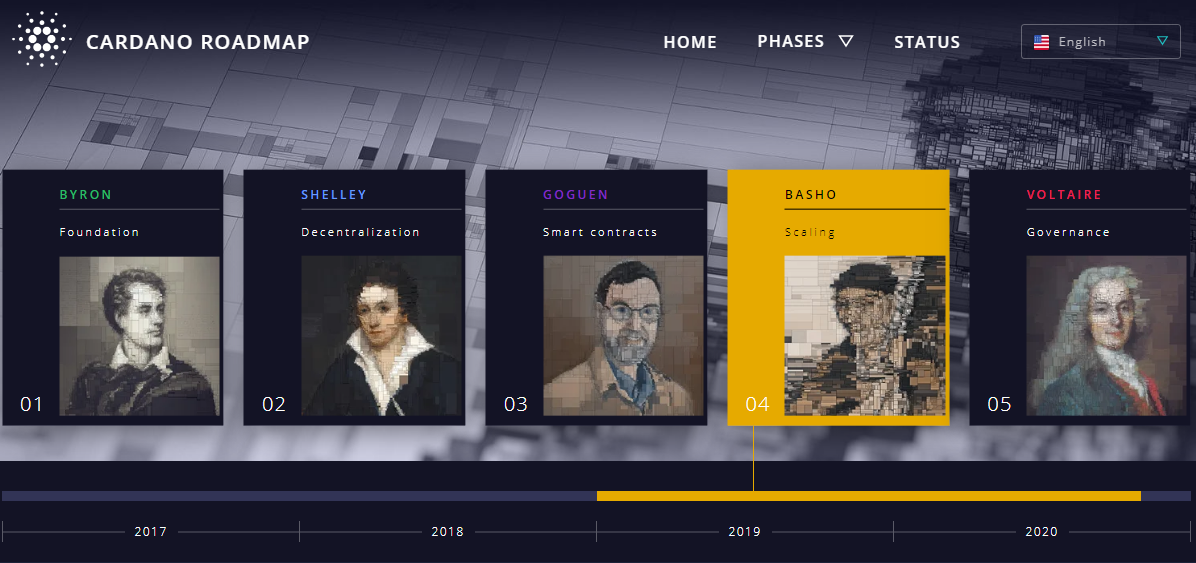
Conclusion
The ultimate reality of cryptocurrencies is not that they will disrupt the existing legacy financial systems. Legacy financial systems are always capable of absorbing change and maintaining their form and function.Rather one ought to look to places where it is simply too expensive to deploy the existing banking system, where many live on less than a few dollars a day, have no stable identity and credit is impossible to find. In these places, the power to bundle a payment system, property rights, identity, credit, and risk protection into a single application running on a cell phone is not just useful, it is life-changing. This is Cardano’s vision for the developing world.
If Cardano can change the way cryptocurrencies are designed, evolved and funded, then there is a great accomplishment. Cardano is not going after the affluent or advanced mainstream countries. Alternatively, it’s concentrating on the countries where cryptocurrency and its technology will have the most use like South Korea, Ethiopia, etc. Upon integration, Cardano’s ADA coin will be in use in 33,000 offline franchise stores which could be really good news for the price of the coin and for Cardano on the whole.
Sources: https://blockgeeks.com, Cardano.org

JOIN MARKETHIVE FREE NOW !

Deb Williams
A Crypto/Blockchain enthusiast and a strong advocate for technology, progress, and freedom of speech. I embrace "change" with a passion and my purpose in life is to help people understand, accept and move forward with enthusiasm to achieve their goals.
Labels:
bitcoin,
cardano blockchain,
cryptocurrency,
markethive
Tuesday, September 17, 2019
MHV Consumer Coin Explained and how does Markethive Create Token Velocity?
MHV Consumer Coin Explained and how does Markethive Create Token Velocity?: How Does Markethive Create Token Velocity? What Is The Difference Between A Token And Coin? Firstly, let’s set the stage to determine what the terms Coin...
Wednesday, September 4, 2019
New Network marketing business: Strategies Used To Increase Crypto Market Value - ...
New Network marketing business: Strategies Used To Increase Crypto Market Value - ...: Strategies Used To Increase Crypto Market Value - And Then There’s The Markethive Way Well-known Cryptocurrencies use a method to ke...
Tuesday, September 3, 2019
THE MARKETHIVE WALLET APP - Coming Soon
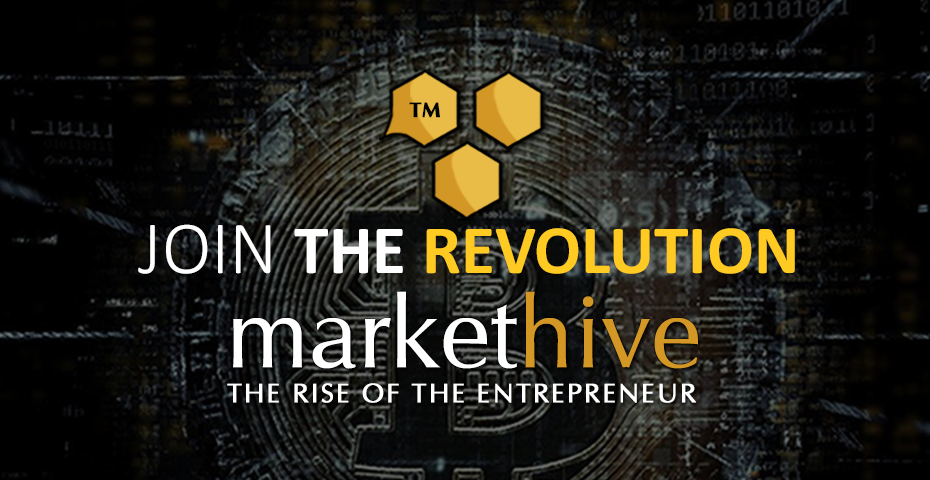
THE MARKETHIVE WALLET APP -
Coming Soon

Markethive’s wallet app is multi-purpose. It acts as a wallet, set up to receive Markethive coin, works as a messaging system integrated with the Markethive dashboard for both the news feed and messaging, acts as the 2FA for login and holds the KYC keys for membership verification. Operates on PC and Apple PCs, Droid and Apple phones and Tablets.

1. Hive Wallet Balances
The Markethive wallet is a software program that stores private and public keys and interacts with various blockchains to enable users to send and receive digital currency and monitor their balance, with the additional options to send payments through the messaging system. The wallet also receives Markethive auto revenue payments
2. Hive Authenticator
The initial subscription into Markethive requires a mature social network and a cell number is the second level of verification. But further verification is required to conduct business. This is where the 2FA process requires documents that when approved, they are encrypted and the Wallet becomes the only point giving the subscriber the only access to their own privacy
3. Hive Verification
Security blockchain end to end, a private key for verification access to the Markethive platform. KYC documentation is stored in the blockchain and only accessed via your wallet with the wallets 2FA. Upon logging into Markethive, the wallet delivers several layers of protection.
4. Hive Messenger
Decentralized messenger, p2p, the blockchain, voice, text, 3+ call ways, groups and channels, built-in whiteboard and desktop share webinar. Encrypted, private, crypto coin transfers, shapeshifter, runs from the wallet. Pays to use it. Reads and publishes to the Markethive Newsfeed.Find out more about the proposed, developing, and operating leading-edge tech we bring to you, to support your environment to build your dreams in our machine. All part of delivering Universal Income for the Entrepreneur.
The Markethive Consumer Coin [MHV]
The Markethive coin will not be dependent upon speculative value as is the case with other cryptocurrencies and platforms, thereby creating eternal economic velocity in the entrepreneur ecosystem within Markethive. This is a fundamental difference to the other systems currently out there today. The Markethive system has been developed to produce revenue in the traditional sense with the added benefits of the blockchain taking it to the next level.The Consumer coin, MHV, is being utilized within the Markethive Exchange by way of Airdrops and the Faucet system which rewards Associates using the platform, so the coin is used within the commerce of the system thus creating the velocity. The Revenue is a vehicle that is used to buy the Markethive coin back in the free market so it can be redistributed into the economic vortex of the system. This is a fundamental difference to the other systems currently out there today.

A Visionary’s Life’s Work With A Mission
CE0 & Founder of Markethive, Thomas Prendergast, a passionate Entrepreneur by nature states...“I’m put on this earth to empower and bring prosperity to every living soul with a purpose. Even if that purpose is only to be free from the shackles of the Social Media tyranny we all face. This is a new era with the evolution of technology. It is the next generation of Social Media and Market Networks.”
Mr. Prendergast finished by saying...
“I am fully committed to building the members of Markethive into huge success stories. This is my way of helping make this world a little bit brighter and helping the struggling entrepreneur to have a lot more advantages to reach their goals”.
Summary
Markethive’s multidimensional wallet is a POS wallet, a Mining Wallet (through MH faucet systems and Bounty Program), a private KYC/AML authentication provider and a secured messaging system - ALL IN ONE.This multi-dimensional wallet will not only preserve and protect your coins, grow your coins through a Proof of Stake function, but it will also provide you 100% control your private KYC/AML (Know Your Customer/ Anti-Money Laundering) information and secure messaging portal. This multi-functional wallet is part of Markethive’s proprietary Intellectual Property.
Within the local and app-based wallet, you will be able to store MHV coins and other top ten coins like BTC, ETH, etc. You will also be able to upload your KYC documents into your device and only release a READ ONLY view of them at authentication time, with your approval; 100% under your control. Markethive will never store your private information, an authentication code will be held in Markethive’s blockchain. The secure messaging portal will also be integrated into the Markethive’s cloud ecosystem and take full advantage of the groups and folder technology... COMING SOON!


Deb Williams
Market Manager for Markethive, a global Market Network, and Writer for the Crypto/Blockchain Industry. Also a strong advocate for technology, progress, and freedom of speech. I embrace "Change" with a passion and my purpose in life is to help people understand, accept and move forward with enthusiasm to achieve their goals.
FOLLOW US ON...
Website: https://markethive.comToken Site: http://markethive.io/
Telegram: https://t.me/markethive_support
Twitter: https://twitter.com/markethive/
Github: https://github.com/markethive /
Reddit: https://www.reddit.com/r/markethive/
Crunchbase: https://www.crunchbase.com/organization/markethive
Medium: https://www.medium.com/@markethive
Bitcointalk: https://bitcointalk.org/
Telegram News: t.me/Markethive
LinkedIn: https://linkedin.com/company/Markethive
Facebook: https://facebook.com/MarketHive
Youtube: https://youtube.com/Markethive
Subscribe to:
Posts (Atom)
